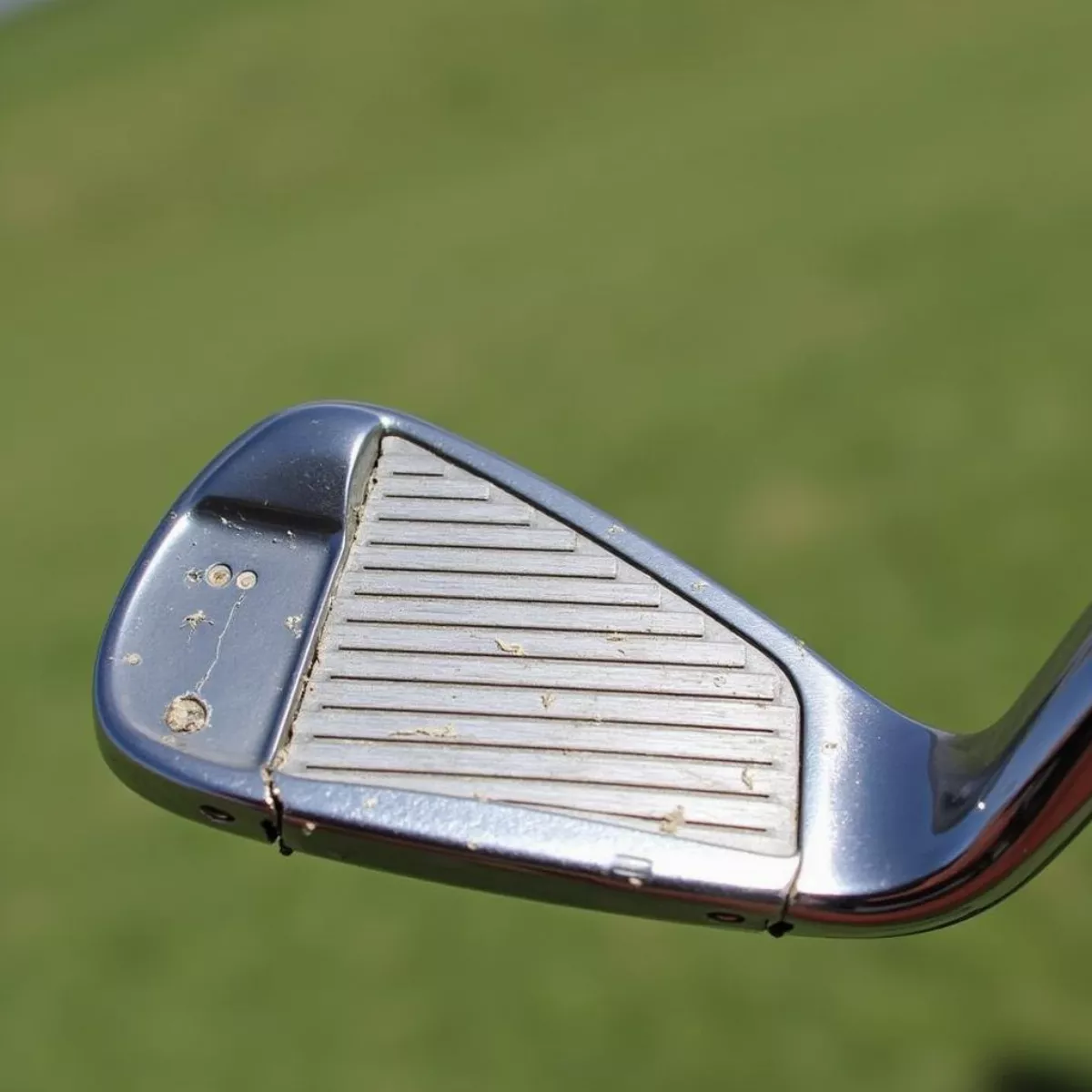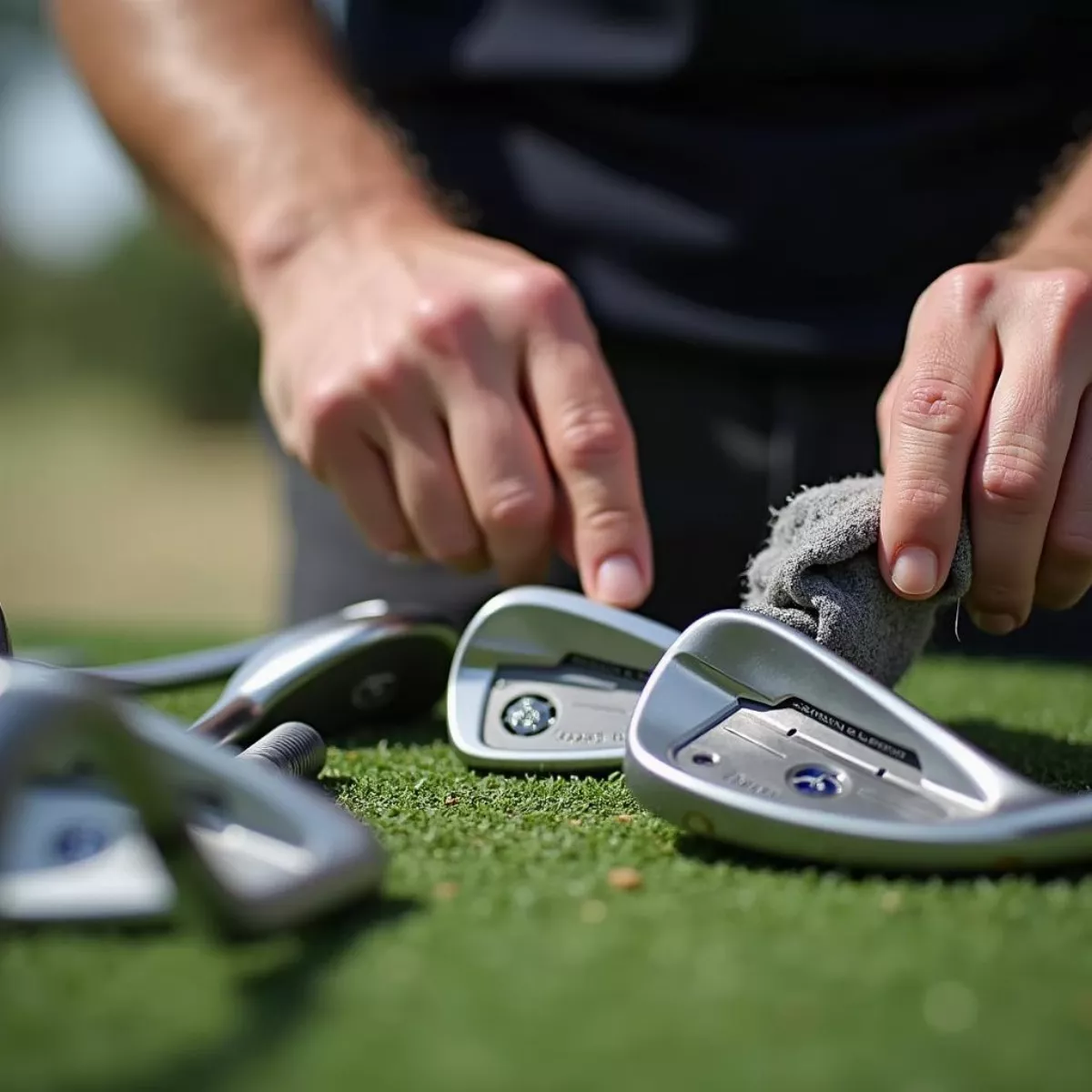When it comes to golf, having the right equipment can significantly impact your performance on the course. Among the most important clubs in your bag are your irons. But how often should you consider getting new irons? In this guide, we’ll explore the life expectancy of golf irons, signs it’s time for an upgrade, and factors to consider when investing in new equipment.
Understanding the Lifespan of Irons
Golf irons are typically made from either stainless steel or forged steel, both of which have their pros and cons. Generally, the lifespan of irons can vary depending on usage, maintenance, and playing style. Here’s a breakdown:
- Regular Use: If you hit the range often or play multiple rounds a week, your irons might wear out sooner—perhaps 3 to 5 years.
- Occasional Use: For casual players who play only a few times a year, your irons could last as long as 7 to 10 years.
Signs It’s Time for New Irons
Knowing when to get new irons can be tricky. Here are some key indicators:
- Dents or Dings: Inspect your clubheads. If you see noticeable damage or wear, it might be time to upgrade.
- Poor Performance: Are your shots going offline more often? Decreased accuracy could indicate that your clubs are losing their edge.
- Changes in Your Game: If your skill level has improved significantly, you may benefit from a better set of irons.
- Rust: While some wear is normal, visible rust indicates that the material is deteriorating.
- Length: If you have changed your physical condition or swing technique, fitting is crucial. Older irons may not match your current specifications.
 Golf iron dents and wear
Golf iron dents and wear
How Often Should You Upgrade?
1-2 Year Cycle
If you play frequently and are serious about your game, consider upgrading every 1-2 years. This can keep you ahead of technology and ensure optimal performance.
3-5 Year Cycle
For average golfers who play consistently but aren’t on the course every week, a 3-5 year upgrade cycle is common. This allows players to replace older models while still taking advantage of advancements made in club technology.
5-10 Year Cycle
If you’re a more casual golfer who plays just a few times each year, upgrading every 5-10 years is typically sufficient. Your clubs may not suffer as much wear and tear, allowing you to enjoy extended use.
 Golfer selecting irons
Golfer selecting irons
Factors to Consider When Buying New Irons
When it’s time to buy, keep these considerations in mind:
1. Fitting
Getting fitted for your irons can dramatically improve your game:
- Length: Ensure your clubs fit your height and stance.
- Lie Angle: Affects how the club rests on the ground at address.
- Shaft Type: Consider whether a stiff, regular, or senior shaft fits your swing speed and style.
2. Material
Irons generally come in two materials:
- Stainless Steel: Offers durability and a solid feel.
- Forged Steel: Provides better feedback and is preferred by more advanced players for shot-making ability.
3. Brand & Model
Different brands can offer unique benefits:
- TaylorMade: Known for distance and forgiveness.
- Callaway: Famous for their signature technologies that cater to various skill levels.
- Titleist: Highly regarded among professional players for precision.
4. Budget
Irons vary widely in price. Decide how much you’re willing to invest. Generally, a good set of irons may cost from $500 to over $1,500 depending on the brand and technology.
Care & Maintenance Tips to Extend Lifespan
Taking care of your irons can prolong their life:
- Clean after Every Round: Use a soft cloth and a brush to clean dirt and grass.
- Store Properly: Keep your clubs in a dry place. Use headcovers to protect your clubheads.
- Check Ferrules: These are the pieces connecting the shaft to the head. Damage can indicate issues.
 Cleaning golf irons for maintenance
Cleaning golf irons for maintenance
Key Takeaways
- Replace Irons Every 1-10 Years: Upgrade based on how often you play and your performance needs.
- Watch for Signs: Look for dents, rust, and decreased performance.
- Fitting is Key: Ensure your irons are tailored to your height and swing style.
- Invest Wisely: Identify your budget for quality.
FAQ Section
1. How often should I get new irons if I play weekly?
If you play regularly, consider upgrading your irons every 1-2 years for maximum performance.
2. What are the signs that my irons need replacing?
Look for dings, loss of accuracy, rust, and long-term wear.
3. Is it worth getting fitted for irons?
Yes! Fitting can drastically improve your game by ensuring the clubs match your swing and physical characteristics.
4. What kind of irons should a beginner use?
Beginners typically benefit from game improvement irons, which are designed to be more forgiving.
5. Are more expensive irons worth the investment?
Higher-priced irons often incorporate advanced technology and materials that can improve performance, particularly for serious players.
6. Can I extend the life of my irons?
Routine maintenance, such as cleaning and proper storage, can significantly prolong their lifespan.
7. How do I know which brand is best for me?
Try out different brands and models, and walk into a local pro shop or fitting center for advice based on your playing style.
8. What’s the price range for new irons?
A good set can cost from $500 to over $1,500. Be sure to shop around for the best fit and technology.
9. Can I buy individual irons instead of a complete set?
Yes, many golfers choose to fill gaps by purchasing individual irons that complement their existing set.
10. What technology should I look for in new irons?
Look for technologies like forgiveness, distance-enhancing designs, and better weight distribution to help with your game.
Investing in new irons can elevate your golf experience. Whether you’re a casual player or a serious competitor, understanding the right time for an upgrade can result in enhanced performance and more enjoyable rounds. Happy golfing!